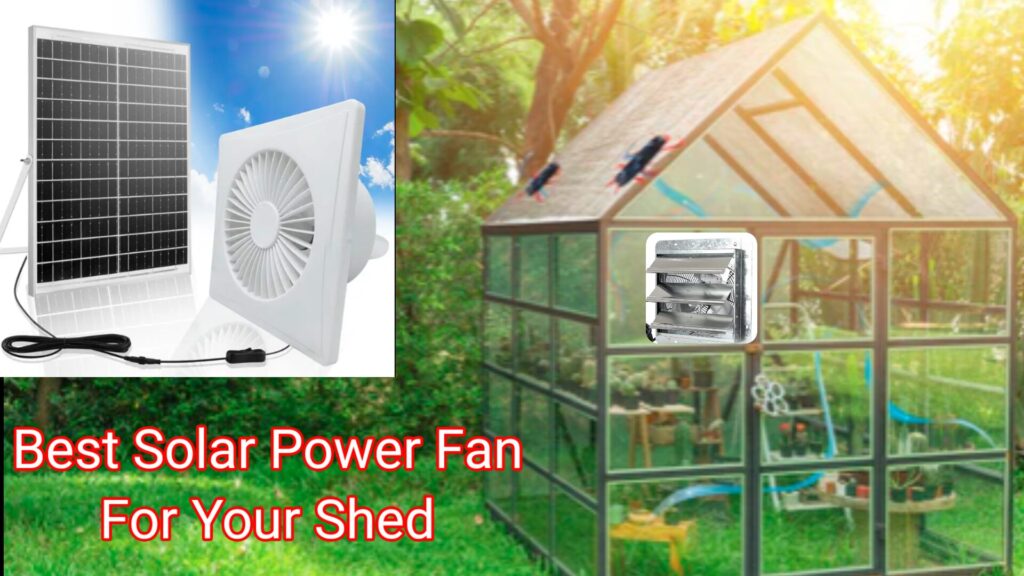
If you are looking for the best Solar Power Fan for your shed, then you are at the right place. All shed owners experience the sudden blast of heat when they open their shed doors during the summer months. Entering such a space feels like stepping into an oven. Heat and humidity create terrible conditions both inside sheds and for items stored inside these spaces. Using solar power fans enables you to ventilate your shed effectively while avoiding any addition to your electric costs.
This article explains why solar-powered fans work perfectly for sheds and provides guidelines for selection and installation. The following information is for anyone who wants relief from hot conditions inside their shed.
Why You Need a Solar Power Fan for Your Shed
Wondering if solar is worth it for your shed? Here’s why it makes sense.
1. It Keeps Your Shed Cool Without Electricity Costs
The traditional electric fan requires installation wiring yet increases your power expenses. Solar fans operate exclusively through sunlight so you avoid all expenses and need no complex setup and they function normally during disruptions to grid power.
2. It Prevents Mold and Moisture Damage
The combination of high heat and moisture levels in sheds promotes the growth of mould and mildew. Your precious tools along with wooden furniture and valuable items stored inside face potential rusting and rotting and damaging effects from excess moisture. A solar fan provides airflow to decrease moisture accumulation and shield your stored items from damage.
3. It’s Environmentally Friendly
All people should contribute to planetary well-being. Making use of solar power represents a meaningful strategy to minimize your carbon emissions footprint.
4. It’s a Set-It-and-Forget-It Solution
Solar fans activate themselves by detecting sunlight. Solar fans operate without human intervention because they monitor sunlight automatically.
Key Features to Look for in a Solar Power Fan for Shed
Not all solar fans deliver the same results. Here’s what matters when choosing one.
1. Solar Panel Wattage
The fan will receive greater power from higher wattage options. You should select 10W to 20W solar panels for sheds sized between small and medium. Stronger insulations in larger sheds require at least 25W or more to achieve suitable ventilation.
2. Airflow Capacity (CFM – Cubic Feet per Minute)
The maximum airflow of your fan can be determined from its measurement of air volume. A standard shed requires airflow between 800-1500 CFM as the minimum standard for proper ventilation control.
3. Battery Backup
Roof fans exist with built-in rechargeable batteries which ensure operation during periods with no sunlight. The built-in battery feature enables nighttime ventilation and helps during uncertain sun conditions.
4. Weatherproof Design
As your fan will encounter outdoor conditions it requires a strong frame which defends against rainfall and handles windy conditions and changing temperatures.
5. Automatic Thermostat
The built-in thermostats on fans will activate their operation only when your shed reaches excessive temperature levels. Your fan becomes more efficient as well as enjoys increased life expectancy because of this feature.
helps your fan last longer.
How to Install a Solar Power Fan in Your Shed
Installing a solar fan isn’t as tricky as you might think. Here’s how to do it.
Step 1: Choose the Right Location
Step 2: Mount the Solar Panel
Step 3: Install the Fan
Step 4: Connect Everything and Test
See also: The Best Solar-Powered Portable Chargers for 2025
Top Solar Power Fans for Sheds (Best Picks)
Need some recommendations? Here are some of the best solar power fans for sheds you can find online.
1. iLIVING 20W Solar Roof Fan
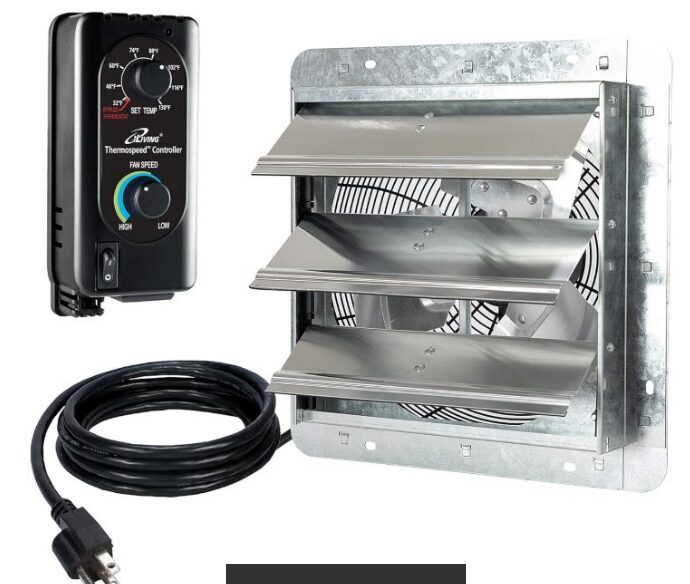
Pros:
High airflow with a built-in thermostat.
Ideal for medium-sized sheds.
Energy-efficient and runs automatically.
Cons:
Not ideal for very large sheds.
2. Remington Solar 25W Attic Fan
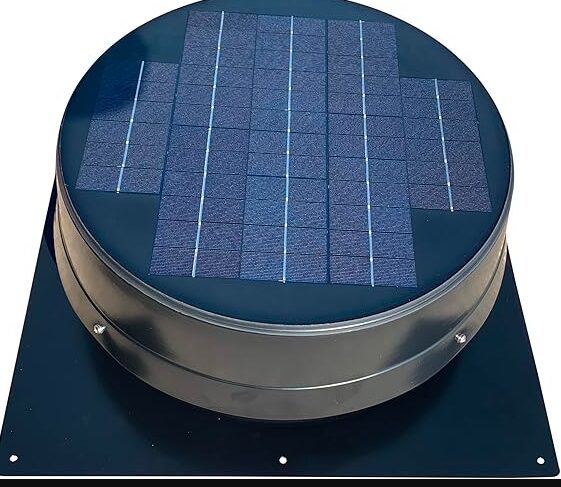
Pros:
Comes with a battery backup for nighttime use.
Tough, weather-resistant design.
Moves a significant amount of air for its size.
Cons:
Slightly higher price compared to competitors.
Some users report the thermostat may need adjustments.
3. Amtrak Solar Powerful 50W Fan
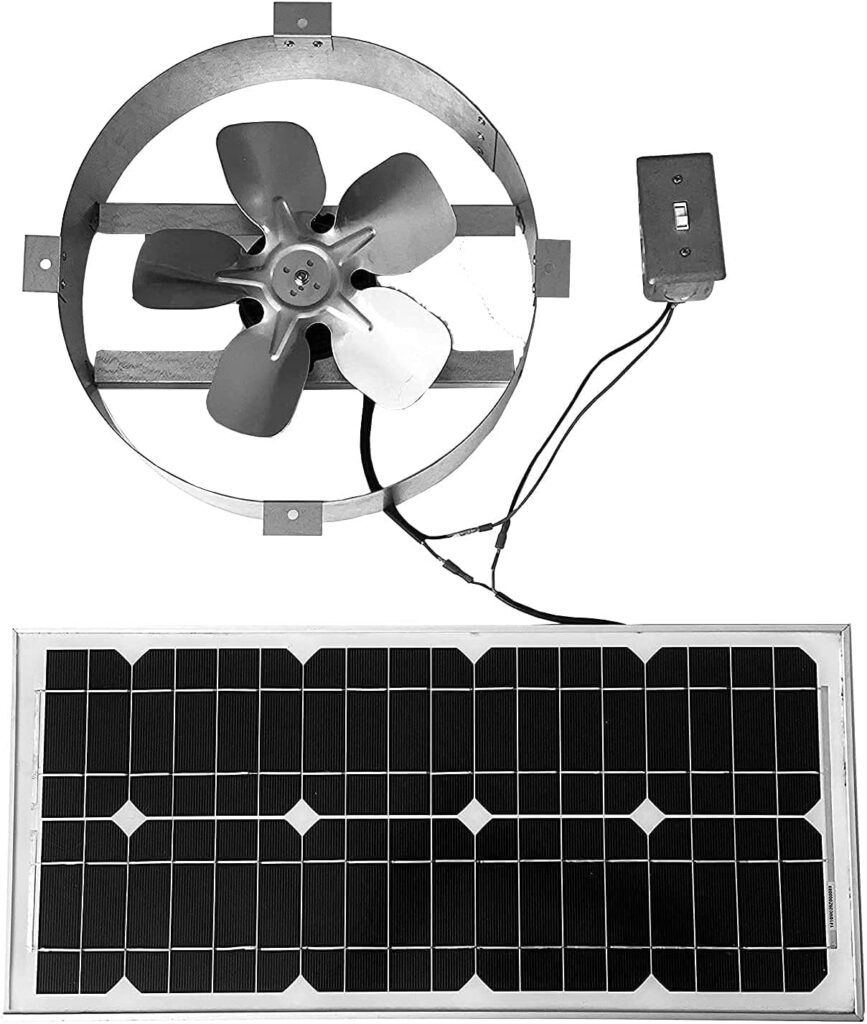
Pros:
Great for large sheds that need serious ventilation.
Includes a high-efficiency solar panel.
Moves a high volume of air (great CFM rating).
Cons:
Requires proper placement for optimal airflow.
Higher wattage means higher initial investment.
4. Solar Blaster Roof Vent Fan
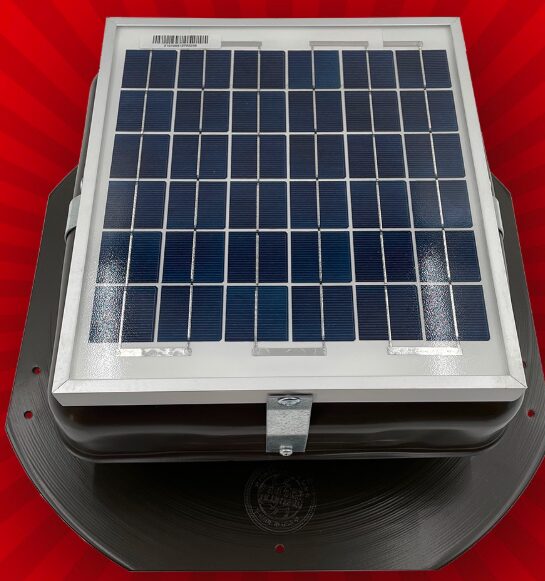
Pros:
Compact and ideal for small sheds.
Budget-friendly and easy to set up.
Works well for low-maintenance ventilation.
Cons:
Limited airflow capacity (not suitable for large sheds).
No battery backup for nighttime use.
Final Thoughts
A solar power fan installation within your shed represents a pragmatic improvement with a major impact. The shed becomes more comfortable to use when it remains cool and well-ventilated because it protects the stored items inside. Solar power provides top-tier benefits while avoiding increased electricity costs for you.
Taking the time to evaluate your shed’s dimensions alongside ventilation requirements and finance capabilities will help you decide which solar fan is best for your needs. A top-quality solar fan purchase will lead to extended benefits which produce cool air and improved space conditions throughout the year.
You should consider installing a solar-powered fan for your shed setup. You currently have one of these fans installed or how is it operating at the moment? Add your experience and questions through a comment on this page.